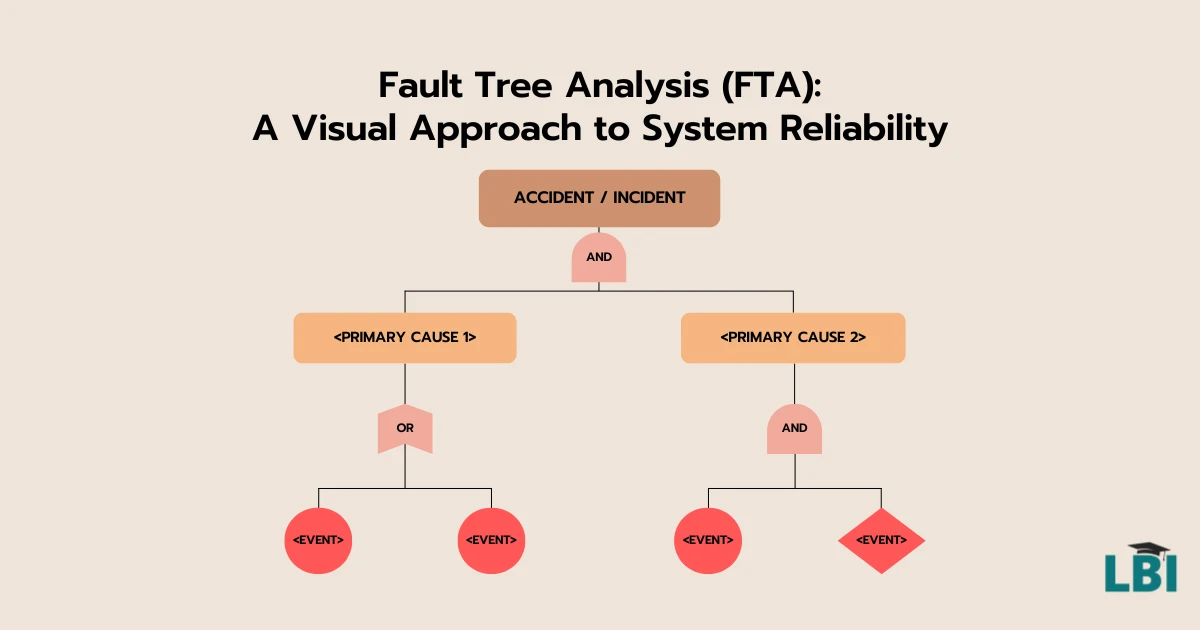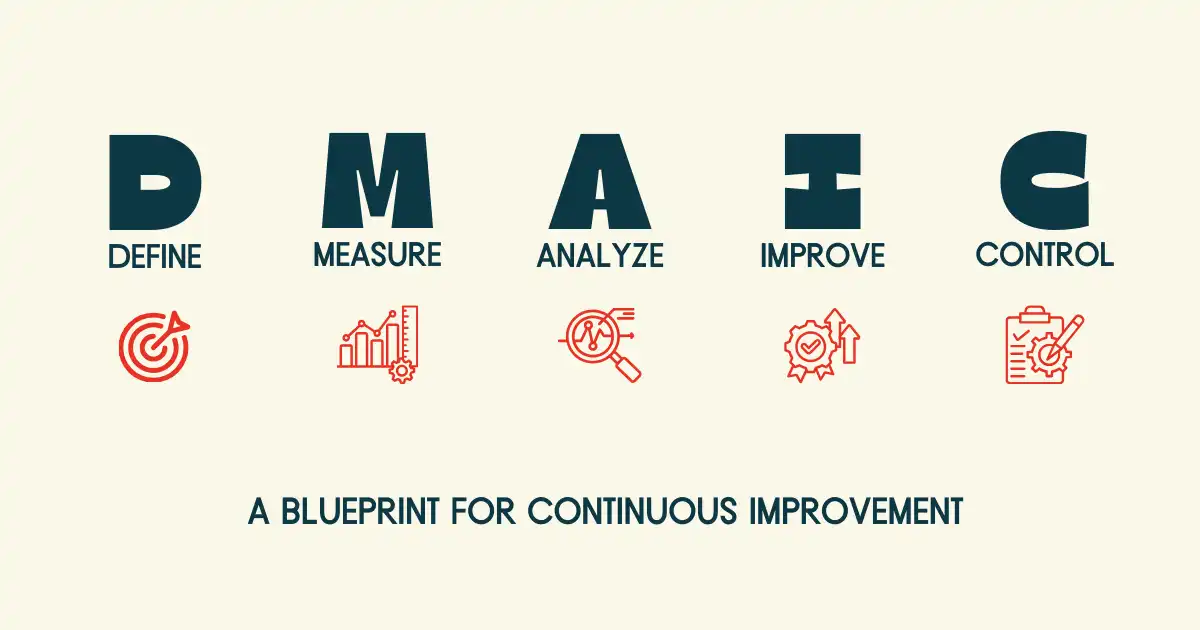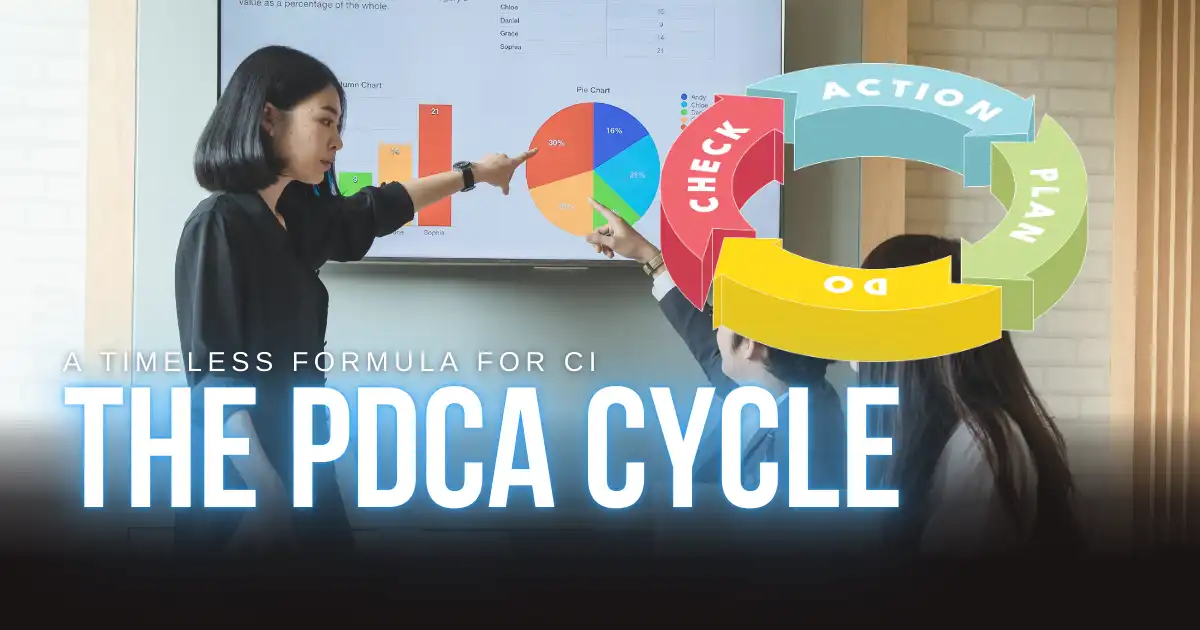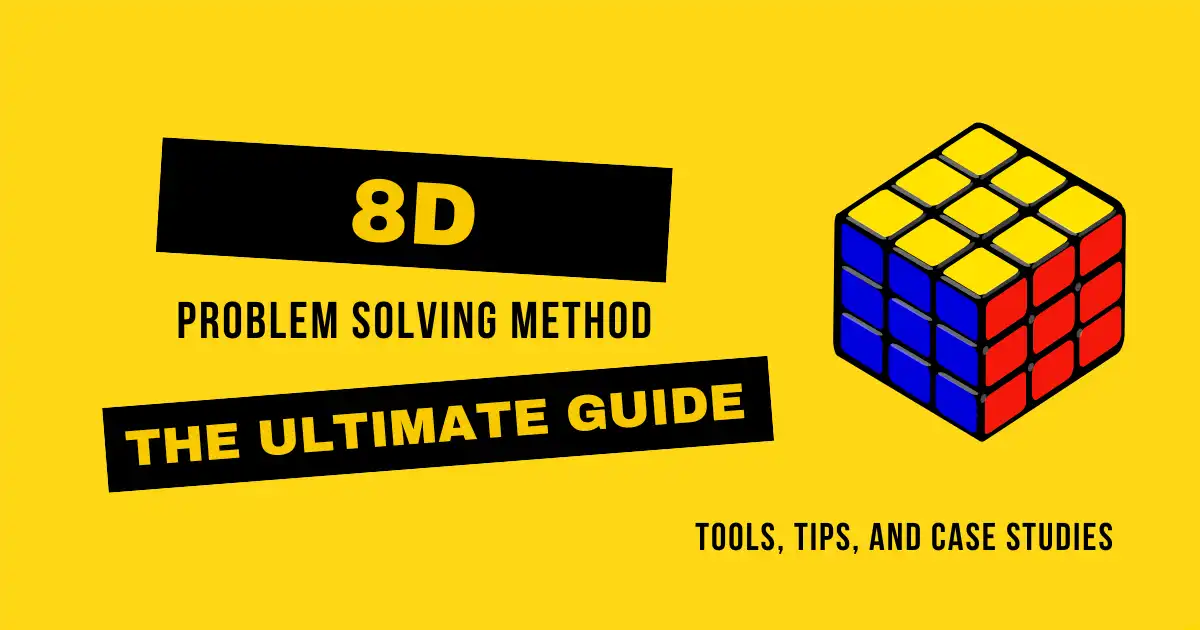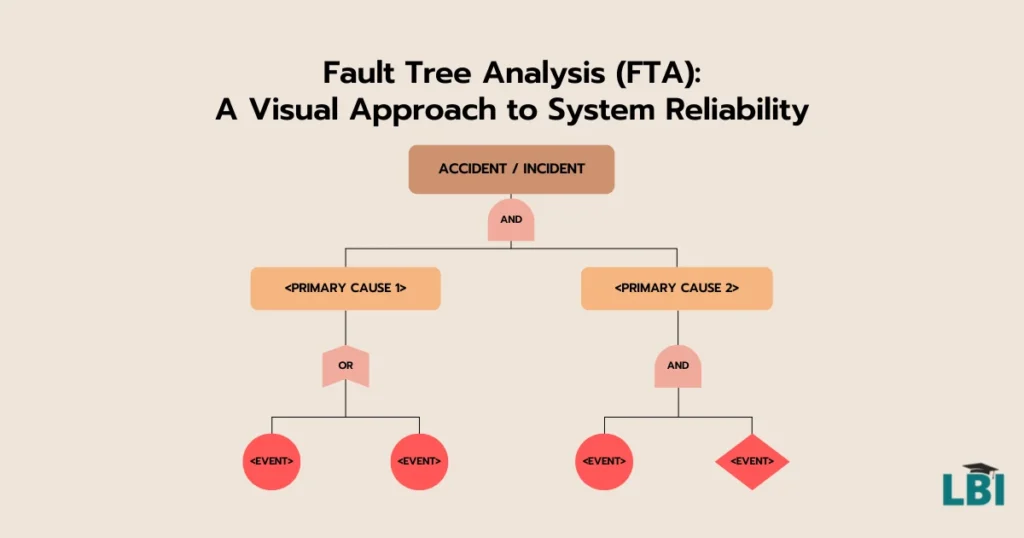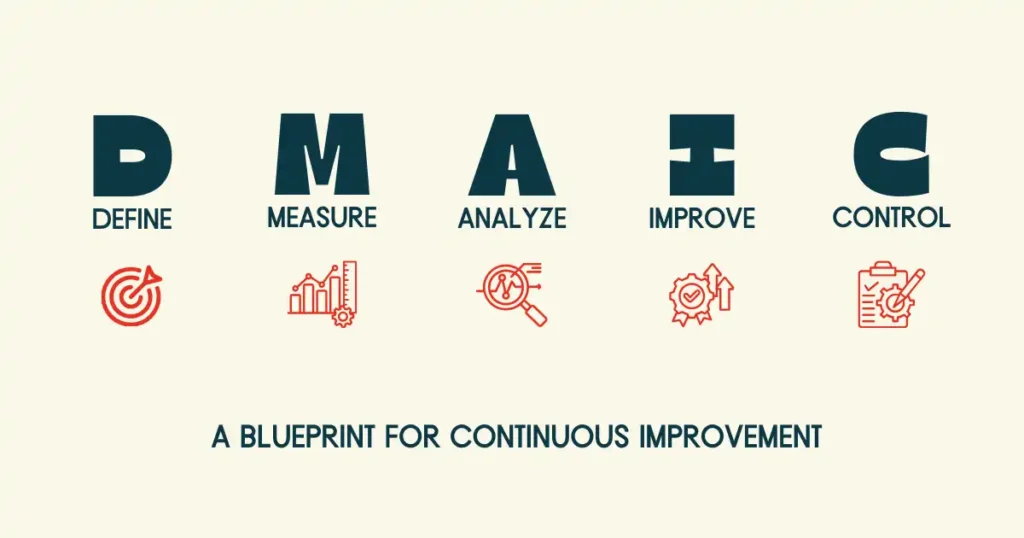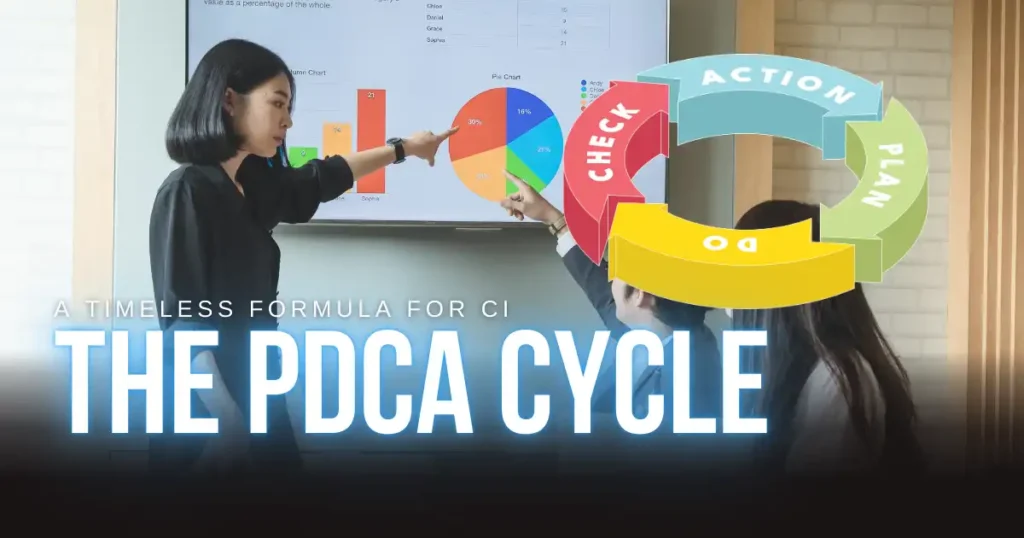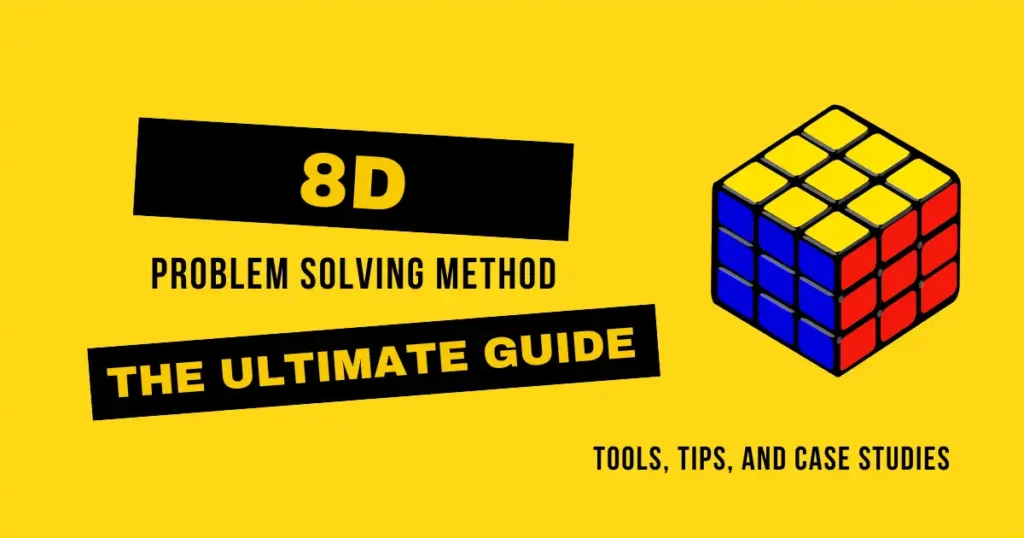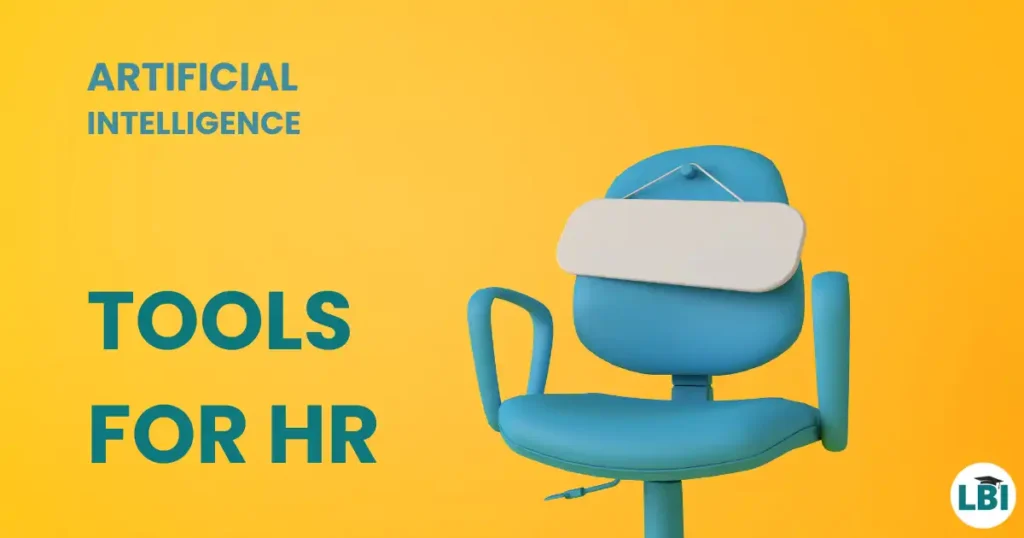Table of Contents
To complete your certification for the Lean Six Sigma White Belt level, you need to complete an exam. If you have followed the content of the course well, have listened to your instructor intently and have completed any practical work given during the course, the exam should be very straightforward.
It is worth noting that the way in which the Lean Six Sigma White Belt exam is presented will vary depending on the instructor, the institution delivering the training and the industry within which the trainees come from. With that said, there is a general consensus around the types of questions to be asked and the format they should be asked in.
The aim of the exam is not to make certifying difficult or to trip you up. It is really about ensuring you have understood the content well, you really grasp the concepts of Lean and Six Sigma and you are ready to move to the next level – Yellow Belt.
Let us now look at the Lean Six Sigma White Belt examination in more detail.
Lean Six Sigma White Belt exam: Question Format

Typically, a Lean Six Sigma White Belt examination will be a straightforward, multiple-choice exam. For each question presented, you will have around 4 options (A – D) to choose from, and generally, you will need to choose one of the options. Some exams will offer this format throughout for around 20 questions in total.
Other formats may use the multiple choice option for around the first 10 questions, and then mix it up. For questions 11 – 15, options may include “fill in the blanks”, where statements are given relating to White Belt topics with a word or phrase missing. This is there to test your memory of the content as often the sentences will be lifted from the training content itself.
Additionally, you may come across true or false statements for the final 5 questions. These will be directly linked to the topics in the course, where one particular topic is taken and a scenario is attached to it (for example – X is an example of something which is a value add, true or false).
When it comes to the Lean Six Sigma White Belt examination, these are the potential formats to be mindful of but do remember that they will differ depending on the parameters set out above.
It is also worth noting that the exam is open book, so any training pack or materials you have been given can be brought with you into the exam. It is not just about answering questions but ensuring you really engage with the content.
Lean Six Sigma White Belt exam: The questions & answers

To understand the type of questions you will face, we are now going to run through a practice examination. Even though these questions are not fixed, they do indicate the nature, type and format of questions you will receive in the White Belt examination. We will also include the answers – obviously that wouldn’t be common practice but we are feeling generous today!
Select the correct response(s) for each of the following. Each correct answer scores 2 points.
1. Which of the following are parts of the four-step model for continuous improvement?
- Scope
- Plan
- Check
- Act
- Do
2. The following is not a type of Lean waste:
- Overproduction
- Inventory
- Flow
- Transportation
3. The following is not a type of Lean waste:
- Affinity diagram
- Control chart
- Pareto chart
- Quality function deployment
4. What are the phases of Six Sigma?
- Define
- Measure
- Analyze
- Validate
- Control
- Improve
5. What are talking about when we discuss “cycle time”?
- The entire time is taken for a process to run
- The time in between process steps
- The individual steps that make up the process
- None of the above
6. Determination of root causes of a problem is done in which phase of DMAIC:
- Define
- Measure
- Analyze
- Improve
7. Which of the following methods is used to translate customer expectations into specific process requirements?
- A quality control plan
- The theory of constraints (TOC)
- CTQ (Critical to Quality)
- A process flowchart
8. A team problem-solving tool that aims to collect diverse possible causes of a problem.
- SIPOC
- Gage R&R
- Fishbone
- Pareto
9. To eliminate waste and defects while increasing customer satisfaction, profit and customer value, which approach would you use?
- Six Sigma Methodology
- Lean Methodology
- Voice of the Customer
- Monitoring process for sustenance
10. Which of these is not one of the 7 quality tools?
- Check Sheet
- 5 Whys
- Pareto Chart
- Kanban
Fill in the blanks. Each correct answer scores 1 point.
- Master Black Belt is the highest level of Lean Six Sigma certification.
- A type of high-level process mapping: supplier, input, process, output, customer.
- The two types of customers: internal and external.
- Measuring and impacting the variation of a process is one of the main aims of Six Sigma.
- A value added process step is a process step that transforms or shapes a product or service which is eventually sold to a customer.
True or False. Each correct answer scores 1 point.
| 1 | Filing taxes is a non-value adding but necessary process. | True / False |
| 2 | Moving goods excessively around a warehouse is a form of defect waste. | True / False |
| 3 | Six Sigma as we know it today was coined by Motorola in the late 1980s. | True / False |
| 4 | Potential improvements to a process should be brainstormed in the Measure phase of DMAIC. | True / False |
| 5 | 20% of the effect emerges from 80% of causes. | True / False |
Conclusion
As you can see from this practice exam, the Lean Six Sigma White Belt examination is very straightforward and nothing to fear. Not only is it about testing the knowledge gained so far so the examiner knows how well you have grasped the concepts, but it is also helpful for the examinee. It can tell you where you may need to focus more attention when learning this topic and where your strengths are when looking to launch a project or seeking to train others.
The best thing to remember is to listen to your instructor, engage with the content and revise the key concepts well before the exam and you will ace it with no problem.




